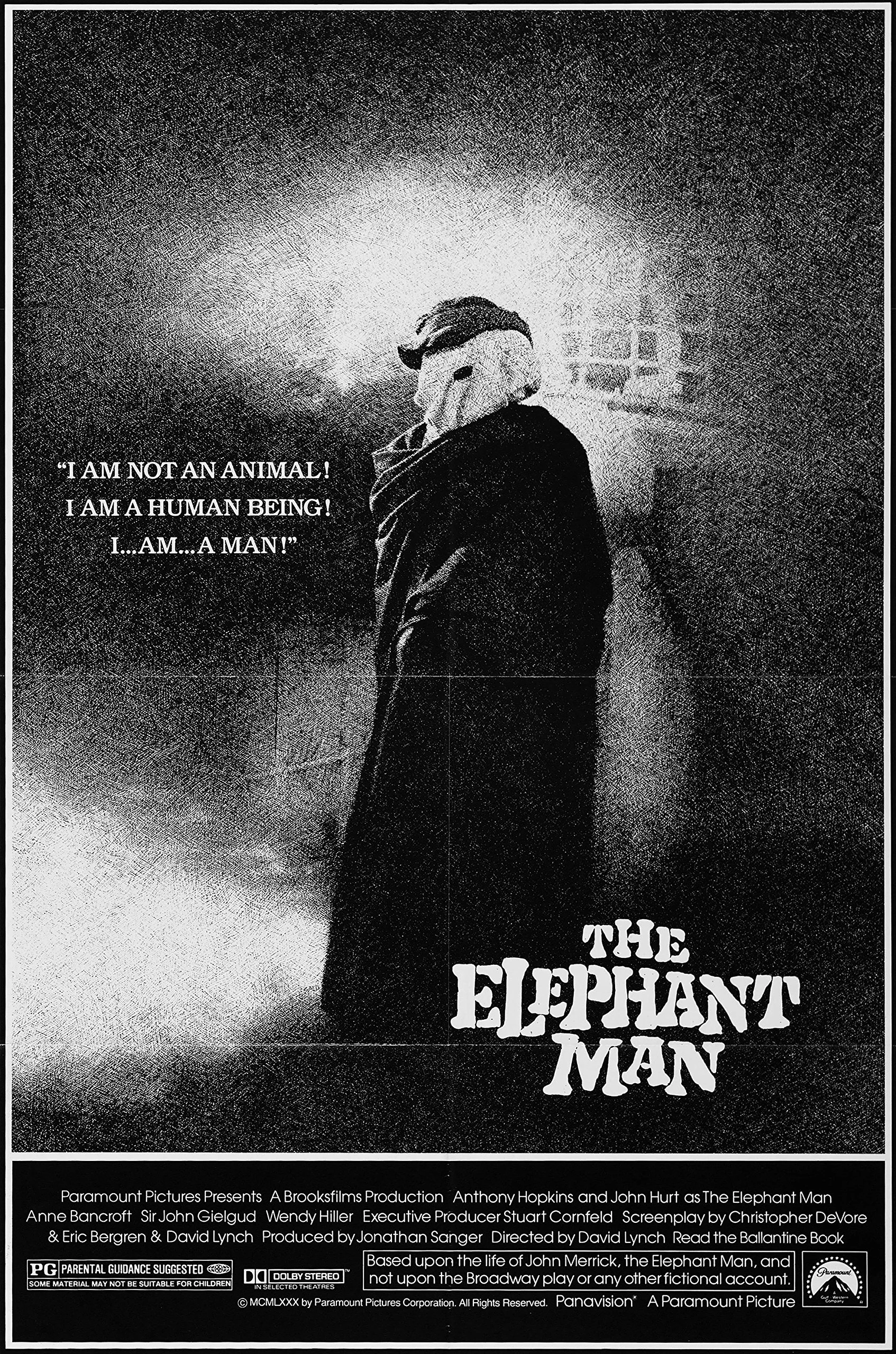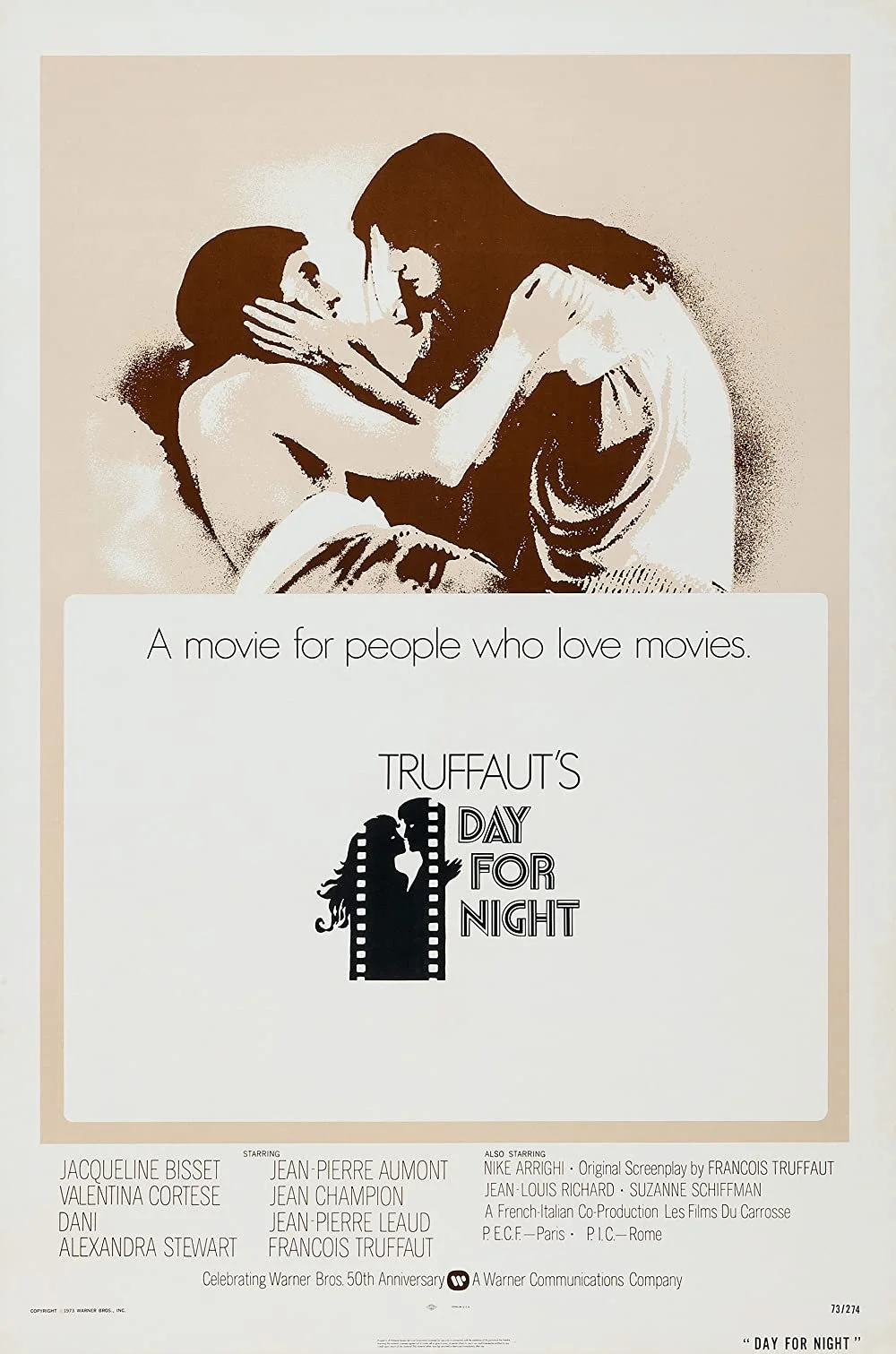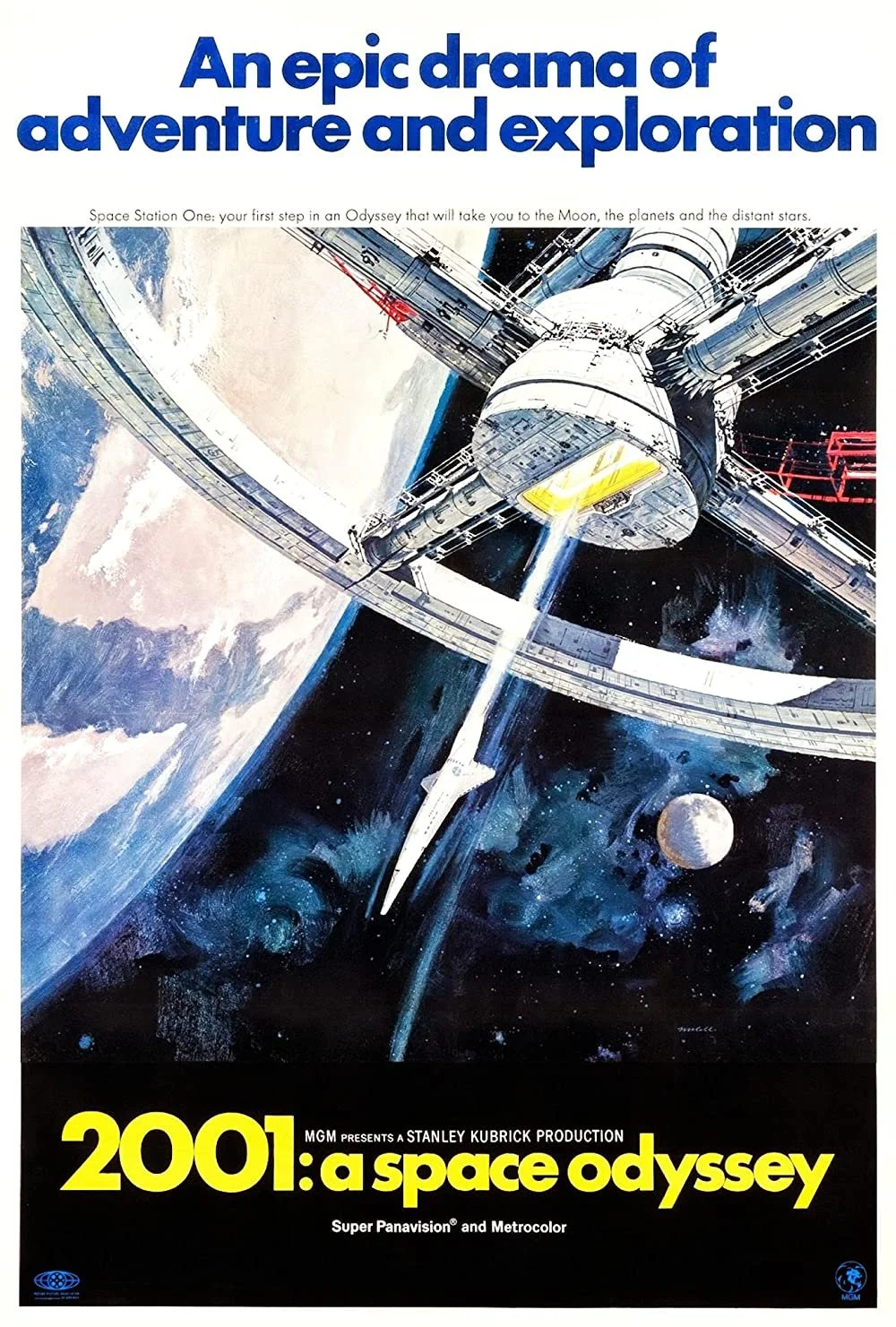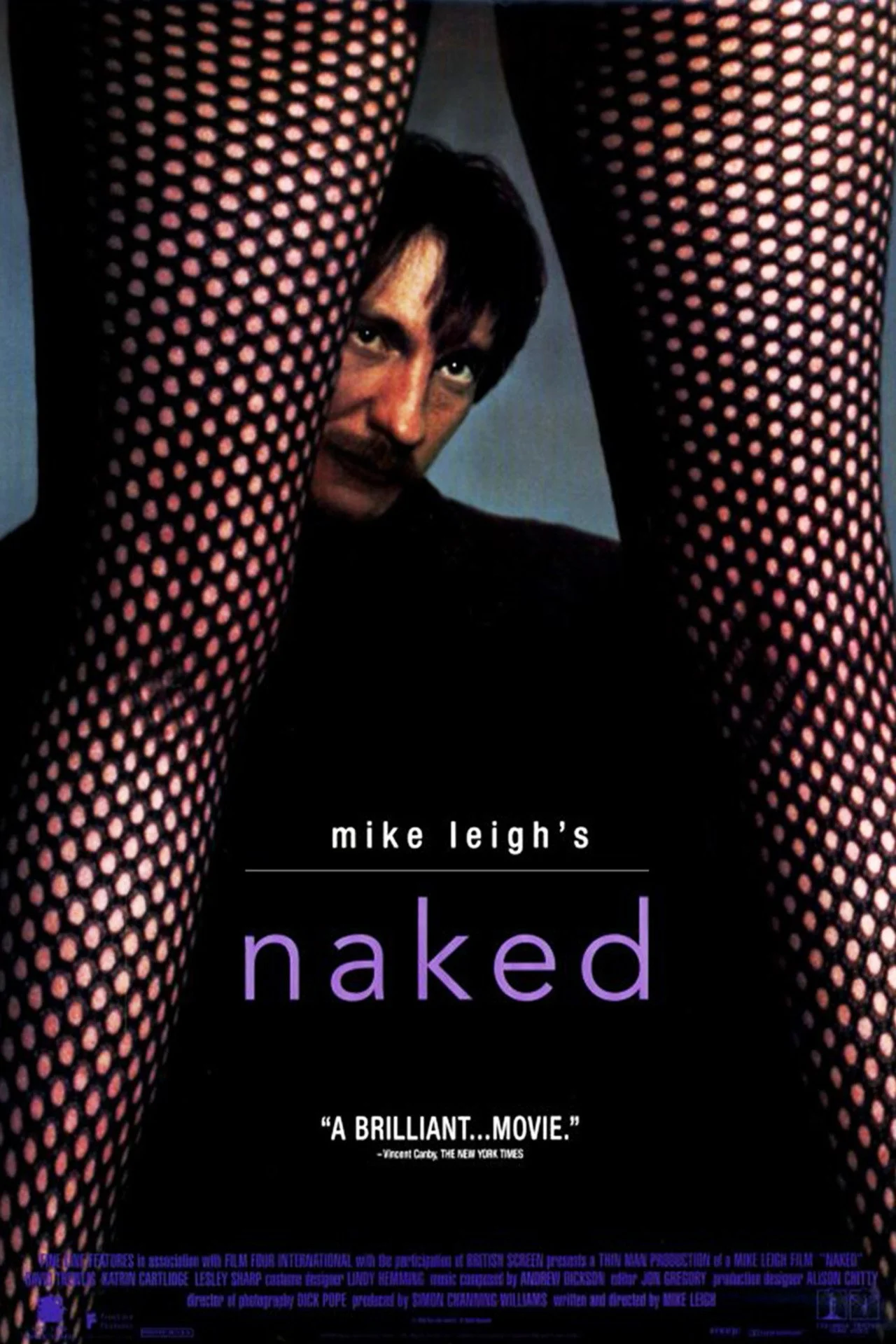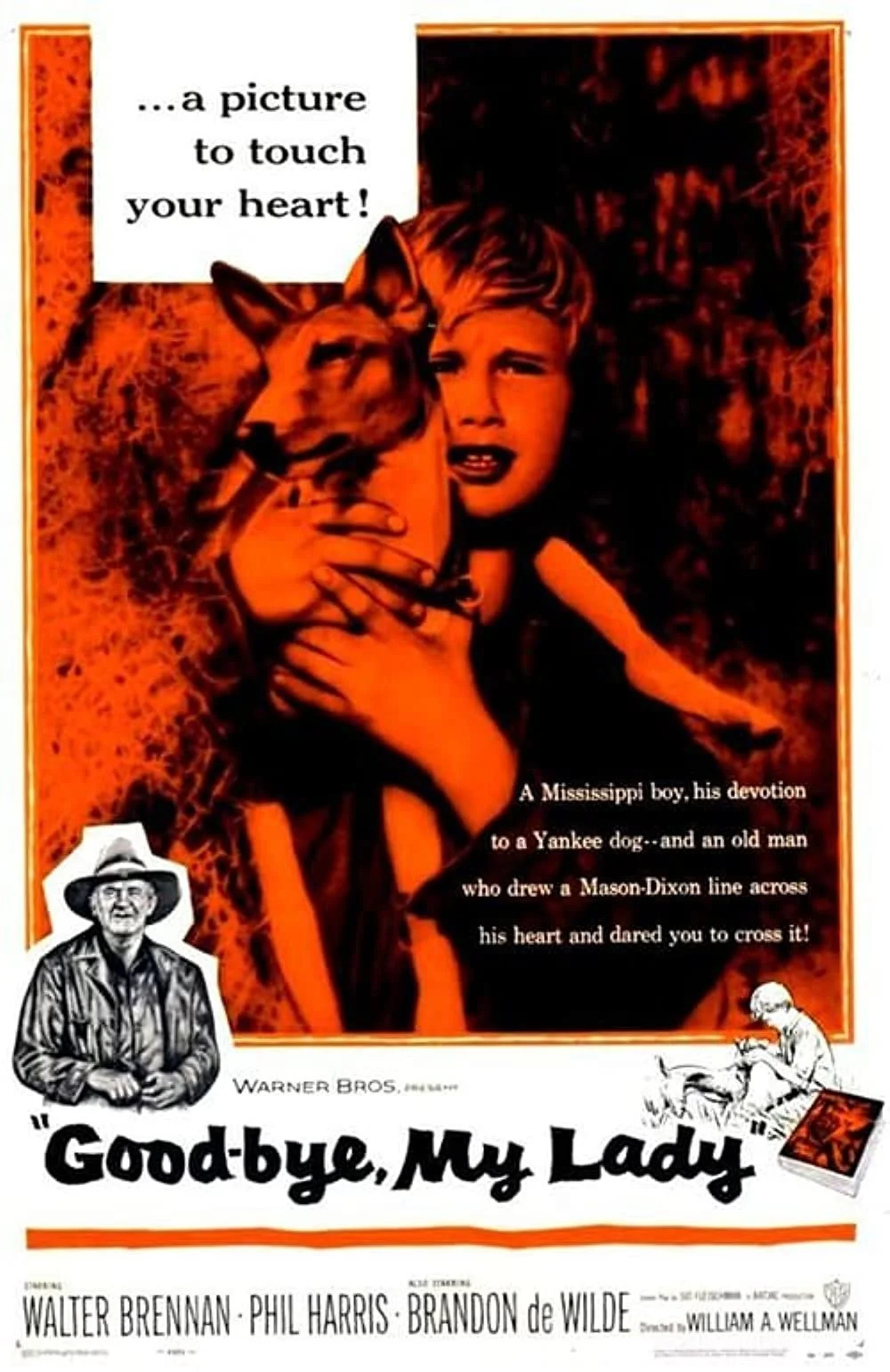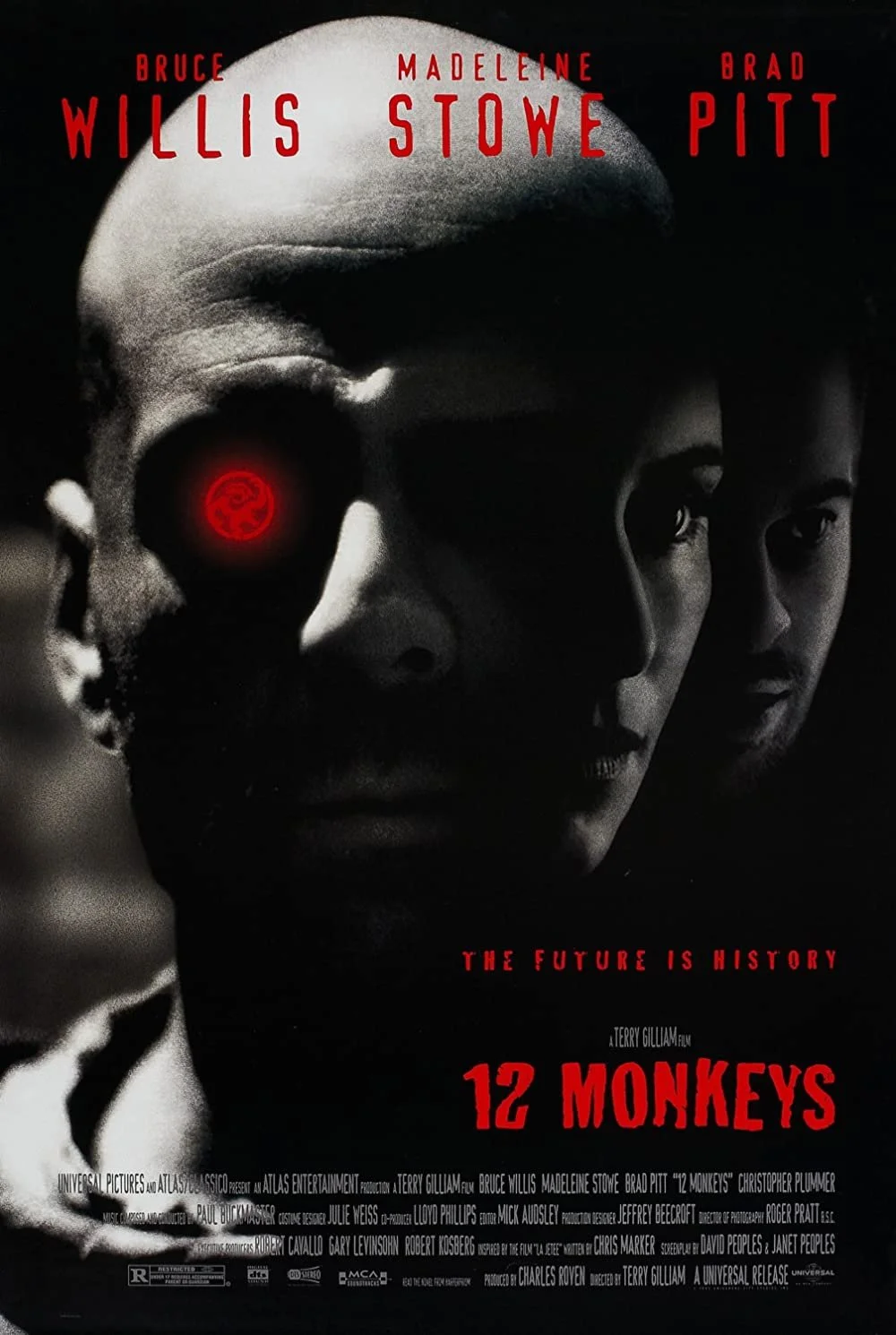Hungarian filmmaker Bela Tarr’s 7 1/2 hour 1994 opus Satantango is oft whispered about in the halls of movie lovers as one of the great white whales of cinema watching.
Have you seen it? Do you know about it? What is it actually like to watch it?
Read More

